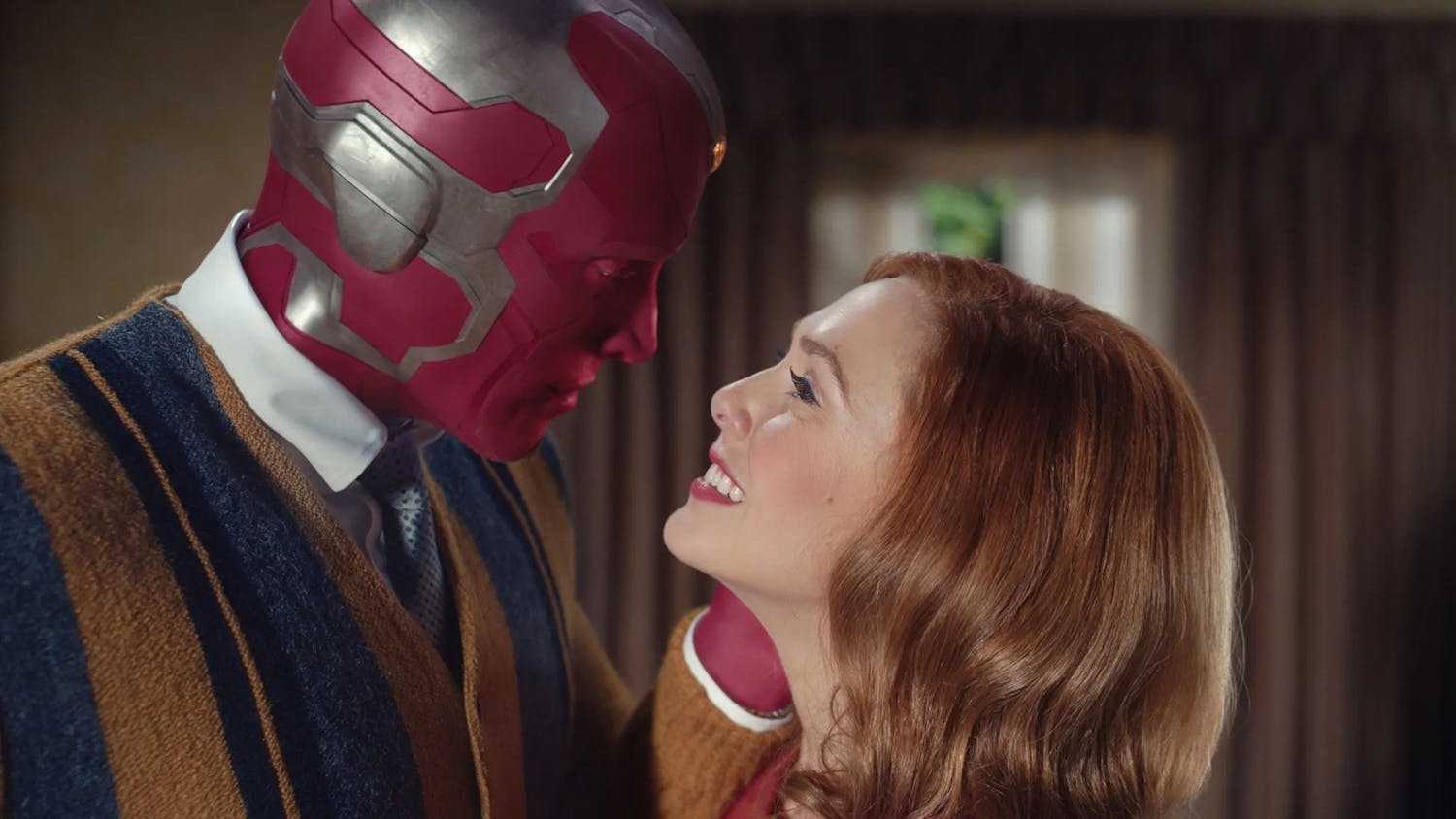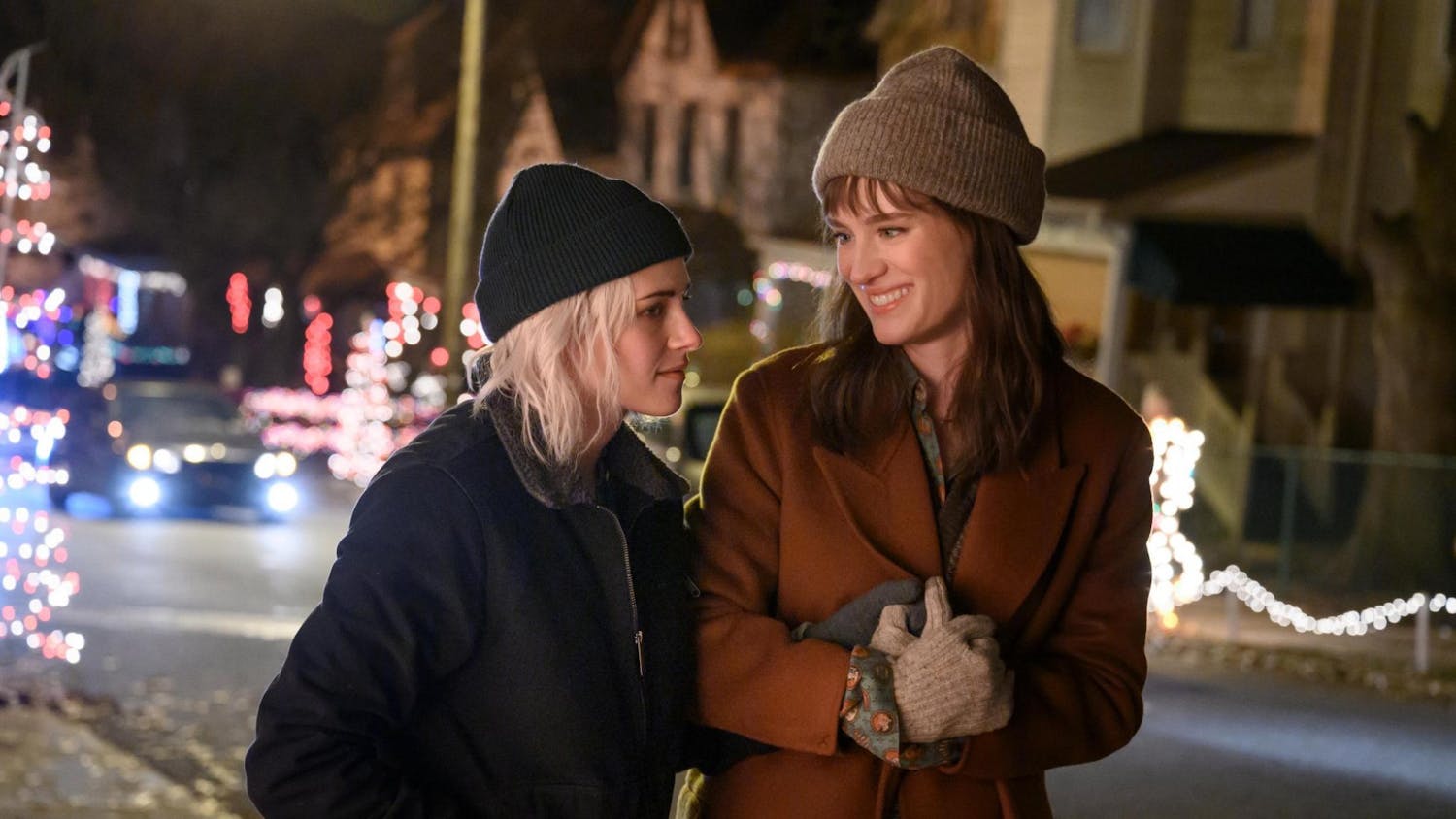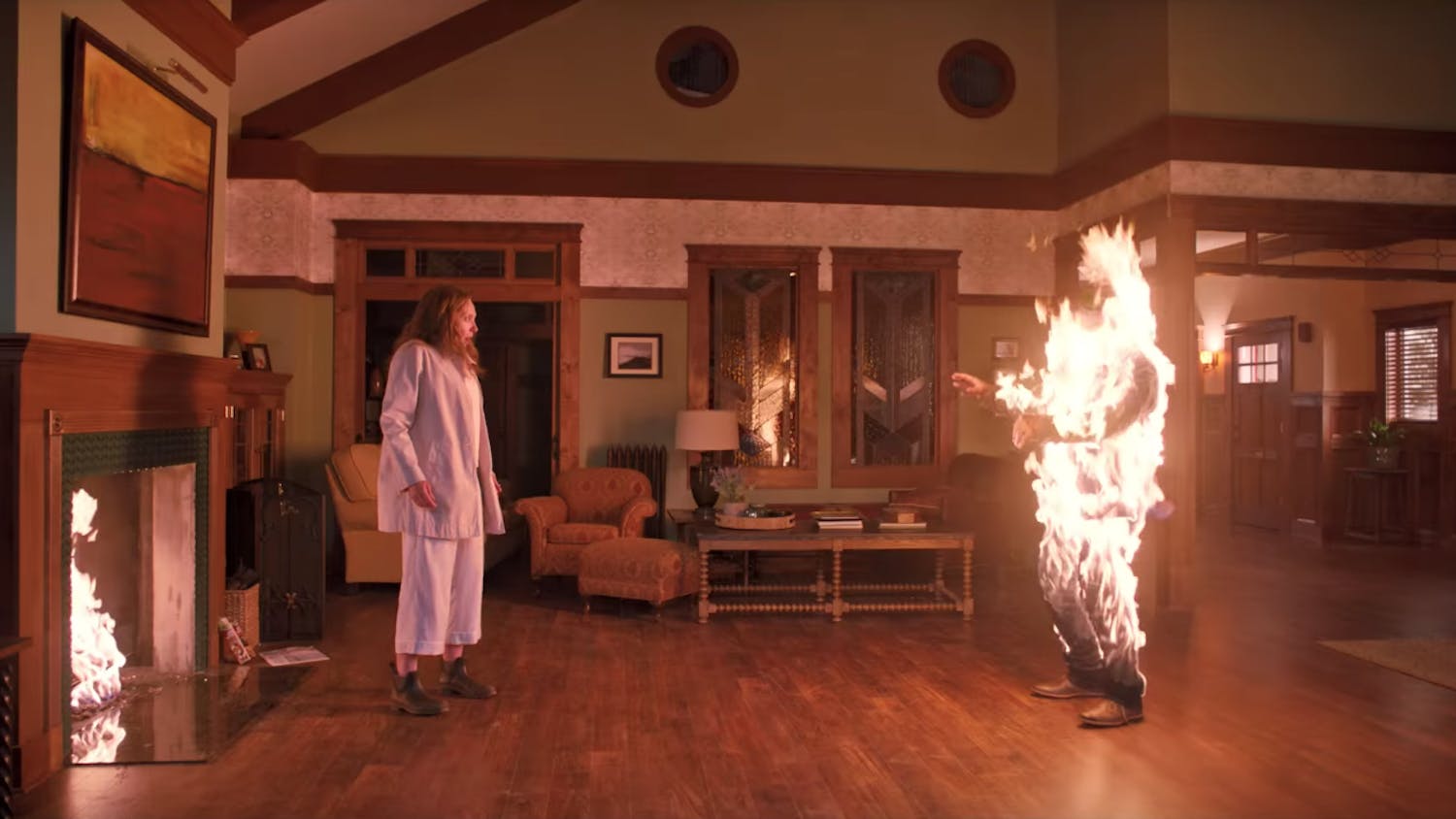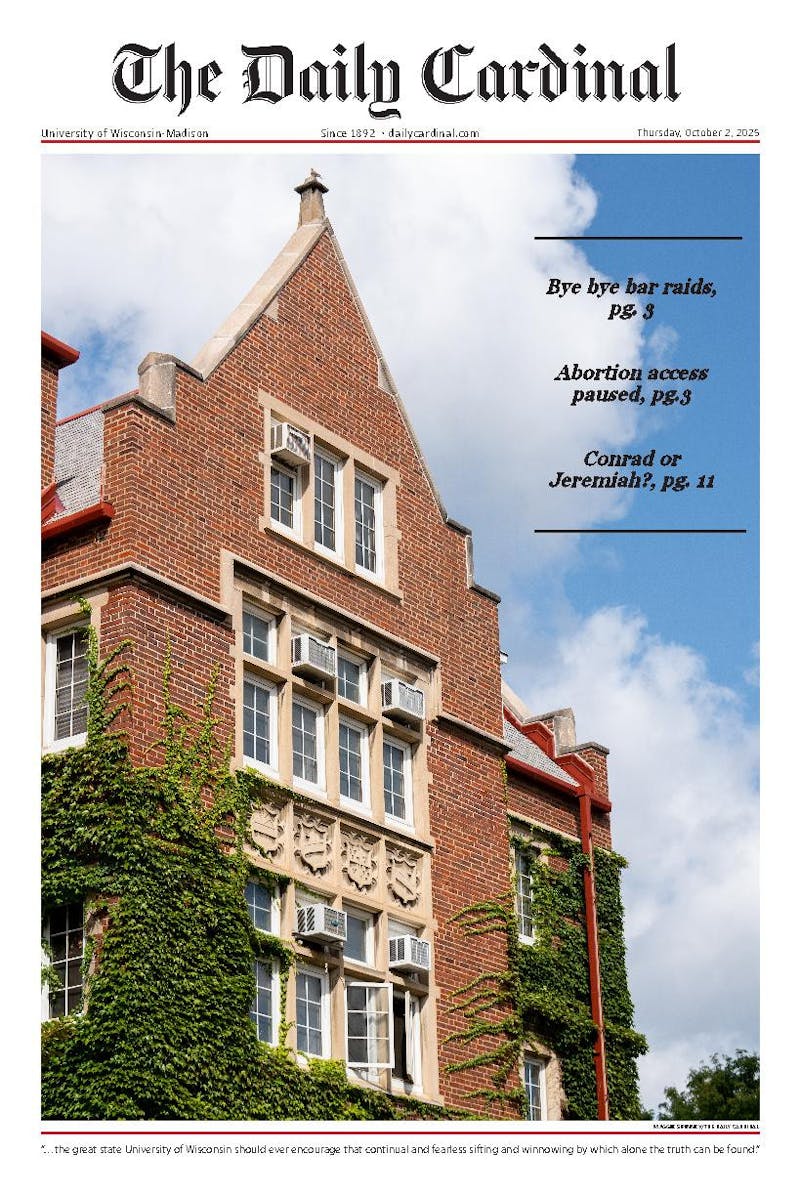""Boys draw, girls color"": This is the dubious belief that UW-Madison seniors Ella Bainton and Meg Lord Fransee interrogate through their respective bodies of work. At once visceral and contemplative, their new tandem exhibit at the Good Style Shop on East Washington Avenue, ""New Miracle Pale in Drone,"" serves as tangible evidence that Madison's art scene is more challenging and stimulating than most likely realize.
""New Miracle Pale in Drone"" is both lofty in its intellectual aims and discreetly playful in its polemics about the body and the mind. Bainton and Fransee haven't merely filled in a form sketched by masculine hands: They've created something aesthetically formidable more or less from scratch, evoking the greats of modern painting with a refreshing un-self-consciousness.
Fransee's paintings deal with two of the medium's most enduring traditions: the portrait and the pastoral. The figure hogs the spotlight in most of the paintings, centered in the frame and placed in sharp relief against a monochromatic, almost nonexistent ground. Fransee's sometimes terrifying take on the figure recalls Willem de Kooning's ""Woman"" paintings of the 1950s, though her subjects are, for the most part, androgynous. Whereas de Kooning forced the figure to tear apart through traumatic eruptions of messy abstraction, Fransee eerily preserves the wholeness of the figure, arriving at a sort of existential primitivism. (The mask-like quality of the figures' faces suggests an argument against the authenticity of appearances.)
Fransee's tendency toward surrealism bleeds through in these figurative works: Faces give way to gangs of flailing arms, wood-grain cut-outs conceal would-be torsos, and everybody looks as though they're sleep-deprived and nauseated and haven't brushed their teeth in many moons. This surrealist vein becomes an artery in her landscape paintings; here the hills literally have eyes, the valleys are covered in patterns reminiscent of thrift-shop bandannas and emblems of occult iconography drift by in the sky like so many clouds. One maroon canvas contains the words, painted in powder blue, ""neurotic energy"": No kidding.
If language is a significant but ultimately subordinate part of Fransee's system, it assumes a heightened importance in Bainton's paintings, which initially present themselves as jagged tornadoes of ideas, colors, allusions and textures. Amorphous figures dwell in a kind of psychedelic mist, too timid to step into the foreground and assert themselves. One of the more spare works in Bainton's otherwise dizzying set includes the word ""excavations,"" calling to mind the de Kooning painting of the same name.
De Kooning's ""Excavation"" (1950) was a teeming mass of film noir-inflected forms, resembling a mountain of exploded pianos. Bainton's excavations are similarly chaotic, but they're also concerned with the order in which we perceive thoughts and sensations. Many of the works have numbers in the centers of their rounded compositions, implying a sequence in which Bainton wants her spectator to approach them—a sequence that she undermines by displaying the works out of order, forcing the spectator to lose track of the breadcrumb trail before even getting a vague sense of where she might be going.
Bainton's corpus features magic-marker mosaics, cave walls loaded up with lumpy, gestural abstractions, and a wealth of interpolated texts: Maps, excerpts from medical guidebooks, names of family members and nuggets of folk wisdom are all quoted in what often feels like a monologue delivered on the eve of the apocalypse. But it isn't the world that's ending in Bainton's work; rather, it's only sense that's biting the dust.
""New Miracle Pale in Drone"" will be at the Good Style Shop, located at 402 E. Washington Ave., for the next month.






